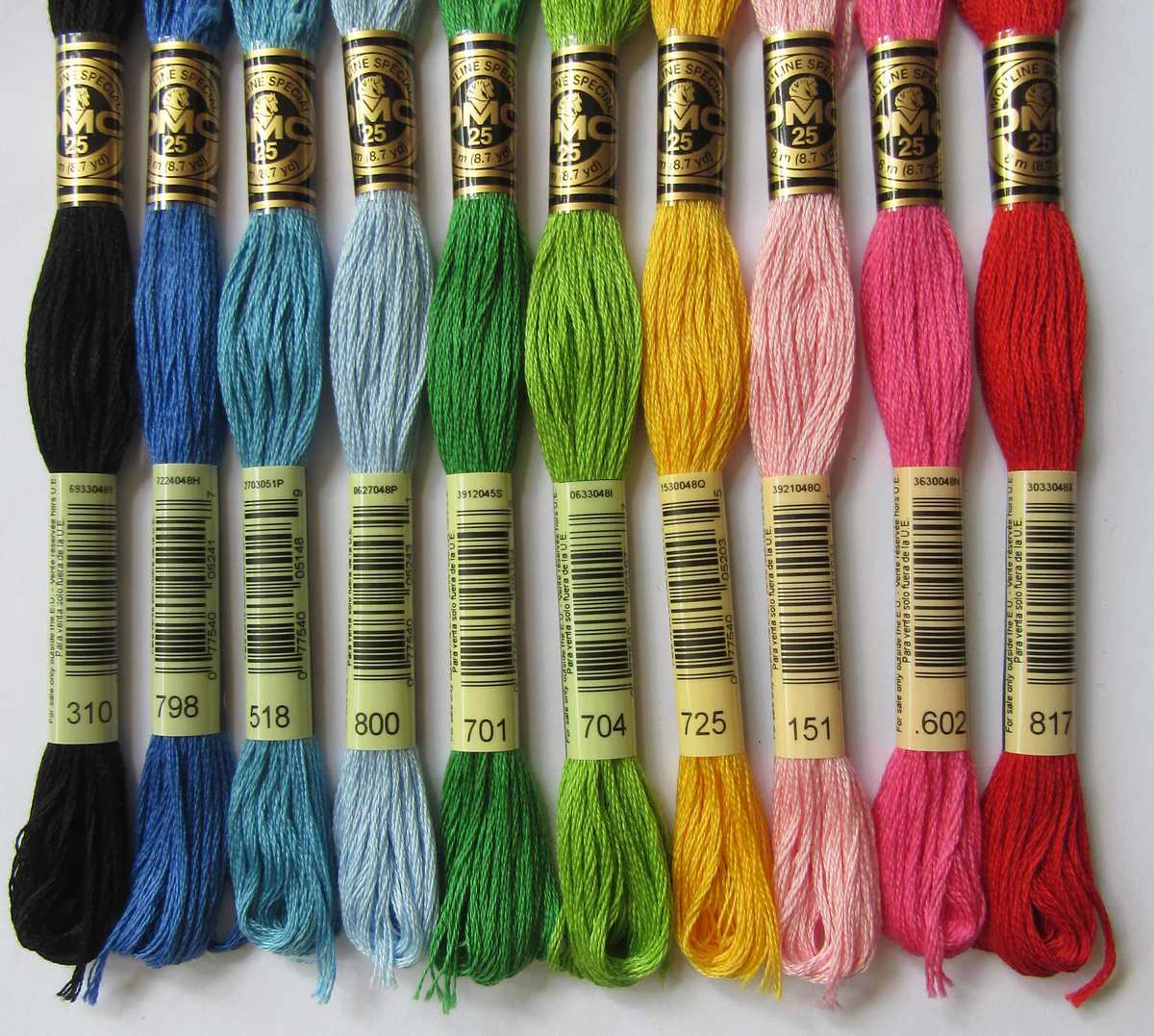When discussing motivational systems in Applied Behavior Analysis (ABA), opinions vary widely. Comments like, “But he doesn’t NEED a motivational system,” or “He isn’t READY for tokens,” are common. My usual response is, “Why do you go to work? Do you work for free?” Of course not; you work for a paycheck—your motivational system. So why shouldn’t [client name] work for something enjoyable? Since we ask our clients to engage in challenging work, it’s only fair to reward their efforts.
Suggestions for Practitioners to Maximize Motivational Systems
We ask our learners to put in significant effort, so compensation is essential. Everyone has motivations that drive them daily. Personally, I wouldn’t work without a paycheck, and I don’t expect anyone else to either. While I love my job, it’s demanding and deserves fair compensation.
Statements like, “He isn’t ready for a token board,” reflect a common misconception: that some learners aren’t prepared for motivational systems. In reality, everyone can benefit from such systems, regardless of skill level.
- Start Simple
Begin with one token and reward a mastered task. Immediately follow the token with a preferred reinforcer. Repeat this process for 5-10 trials, modifying as necessary for the learner’s ability. Gradually increase the number of tokens and task complexity. - Gradual Scaling
Once comfortable, introduce a second token and require two mastered responses before reinforcement. Continue increasing as the learner’s skills develop. For young learners, five tokens might suffice; for more advanced learners, 15-20 tokens can be effective. - Go Beyond Tokens
Motivational systems aren’t limited to tokens. Consider behavior contracts, tiered systems, or embedding motivational strategies into activity schedules. These options, when applied correctly and consistently, support skill acquisition. - Customize and Personalize
Tailor systems to the learner. For instance, use car-shaped tokens for a car enthusiast or allow older learners to earn real money to manage through a bank ledger. Age-appropriate and interest-driven systems are more engaging and effective. - Teach Appropriate Behaviors
Use systems to discourage negative behaviors by marking “no” on contracts or removing tokens for disruptive actions. - Reinforce Learning Readiness
Tokens can reward more than correct responses—they can reinforce learning readiness behaviors like eye contact, appropriate posture, and articulation. - Shape Complex Behaviors
Use tokens to reward incremental progress toward mastering a new skill. Immediate reinforcement ensures learners feel rewarded for effort, even before full mastery. - Visual Motivation
Many learners with autism are visual learners. Implement visual motivational systems like charts or boards to reward progress. These systems are also excellent for teaching parents to use reinforcement consistently. - Promote Generalization
Use consistent materials and common stimuli to help learners transfer skills across environments. For example, a behavior contract rewarding ice cream after soccer practice should be used consistently by all caregivers. - Shift to Natural Reinforcement
Transition from tokens to natural rewards like social praise or allowances. Gradually replace the artificial system to encourage independence. - Focus on Reinforcer Control
Avoid reliance on prompts. If a learner depends on physical or verbal prompts, focus instead on reinforcing independent responses to encourage self-reliance. - Fade Prompts Effectively
When using prompts, systematically fade them. Avoid reintroducing verbal prompts once they’re removed, and reinforce skills through the motivational system.
The Goal: Independence Through Motivation
The ultimate aim of contrived reinforcement is to transition control to natural contingencies like receiving paychecks or social rewards. When learners are naturally reinforced in their environments, they require less external support, becoming independent and productive. If social consequences alone were effective, our learners wouldn’t need ABA. Since we teach these essential skills, why not use a motivational system to enhance the process?












